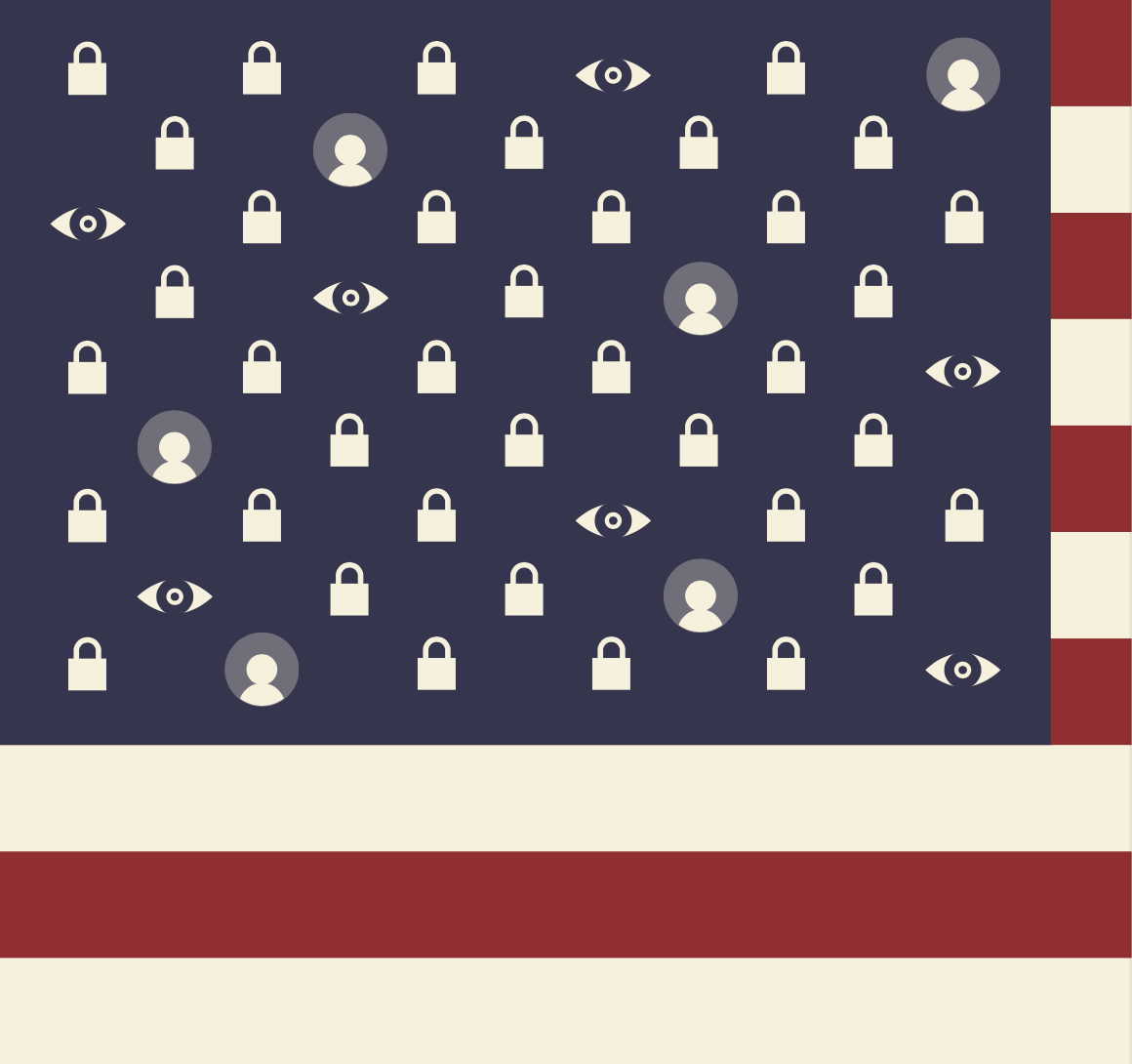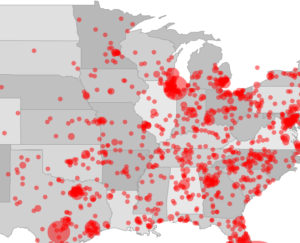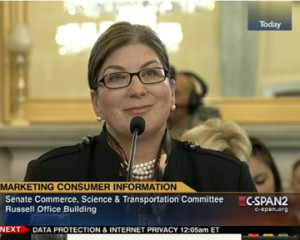Good privacy decision in Amazon v. Lay fight to keep customer information private
Resource | case file — Amazon.com filed a lawsuit in April to fight the North Carolina Department of Revenue’s request for detailed information on Amazon.com customers. The North Carolina tax department requested Amazon.com to hand over “all information for all sales to customers with a North Carolina shipping address” between 2003 to 2010. In the decision, Seattle, Washington U.S. District Court Judge Marsha J. Pechman wrote, “Citizens are entitled to receive information and ideas through books, films, and other expressive materials anonymously.” She also stated that “The fear of government tracking and censoring one\’s reading, listening, and viewing choices chills the exercise of First Amendment rights.” This is an important decision for privacy rights, and online privacy in particular.





